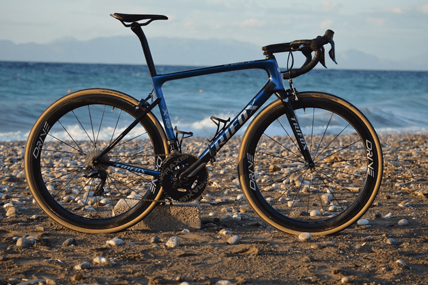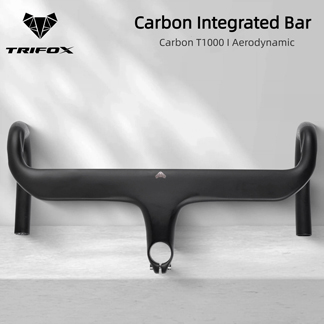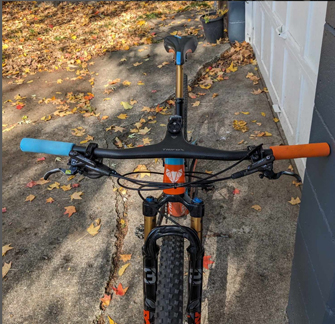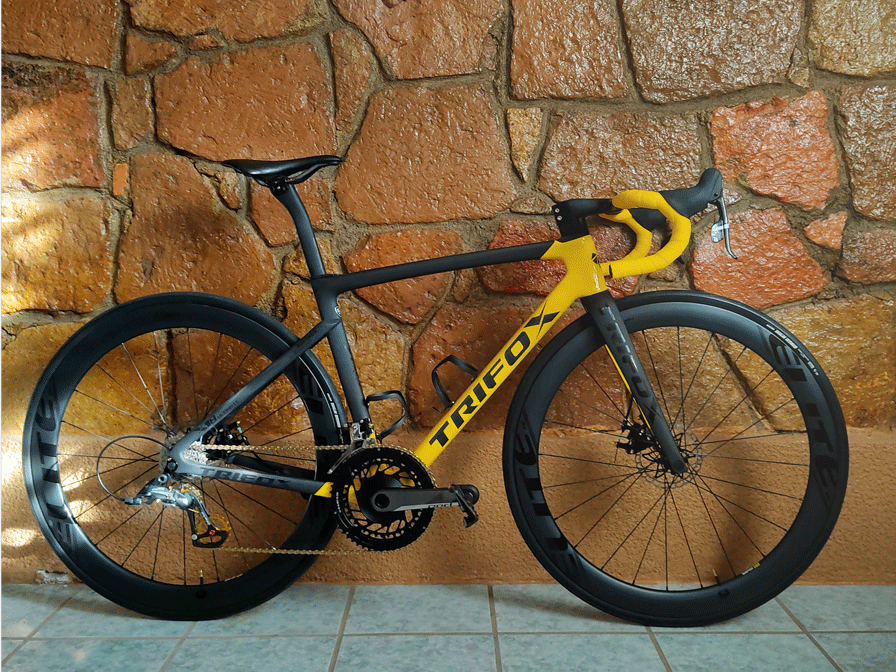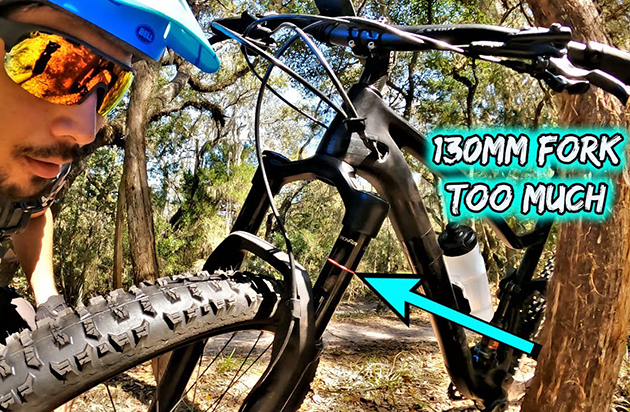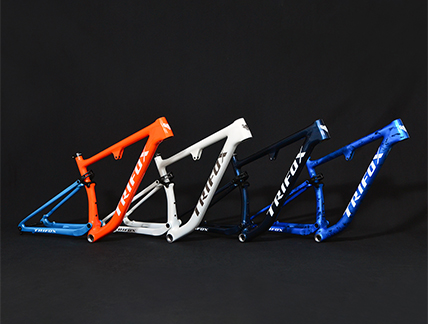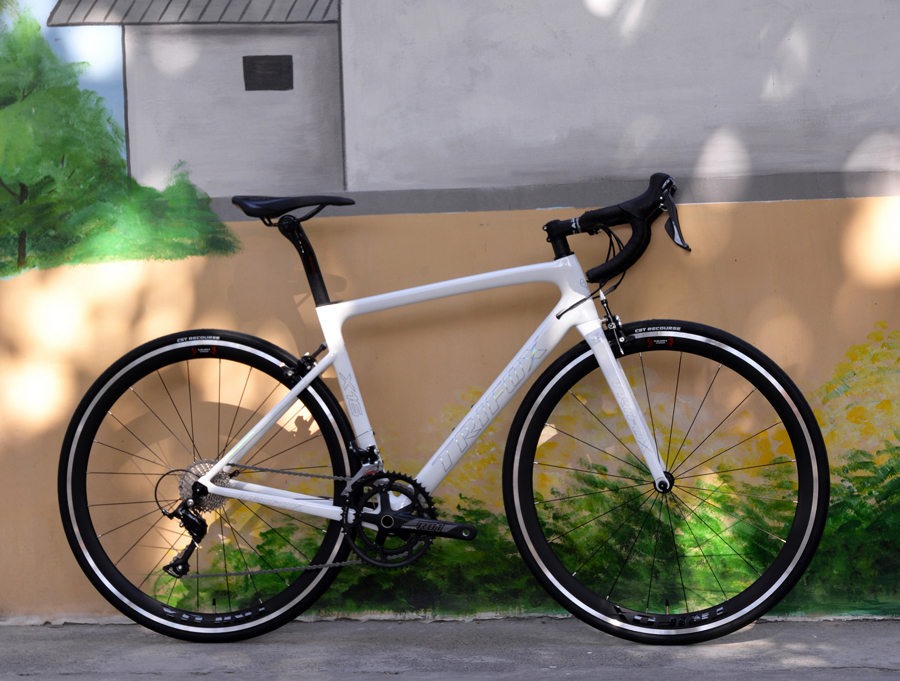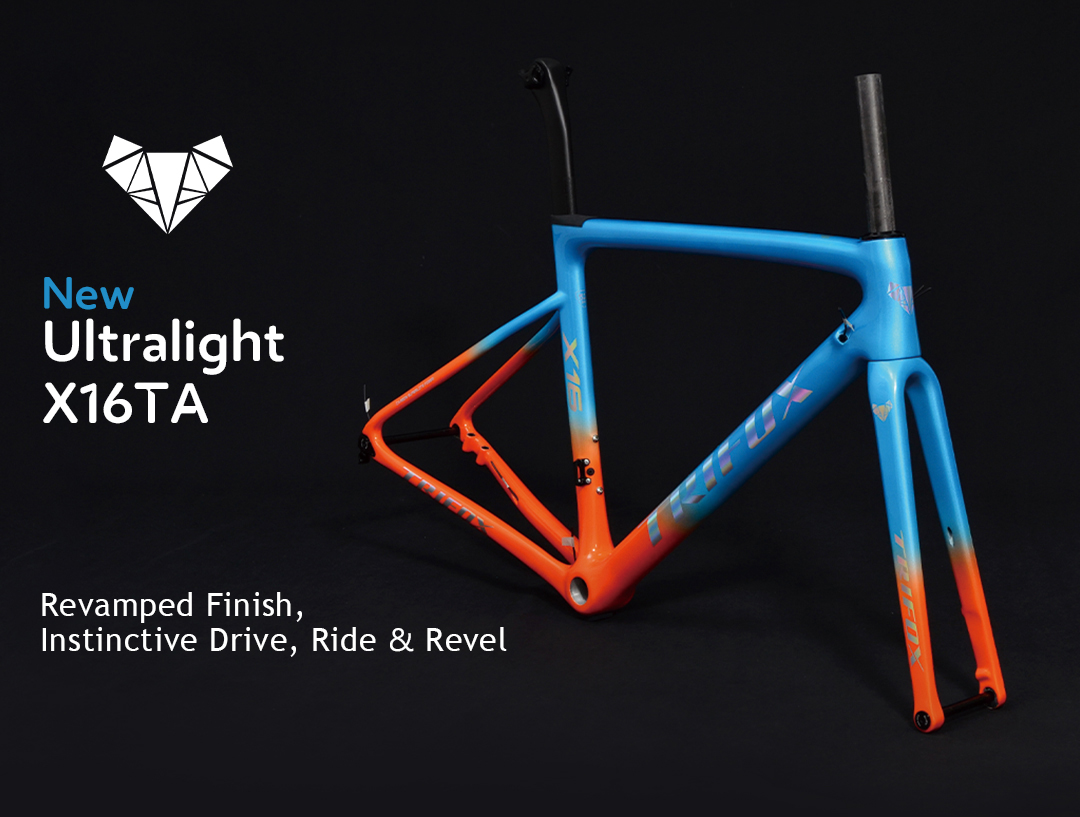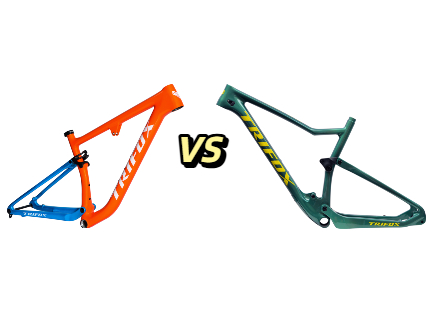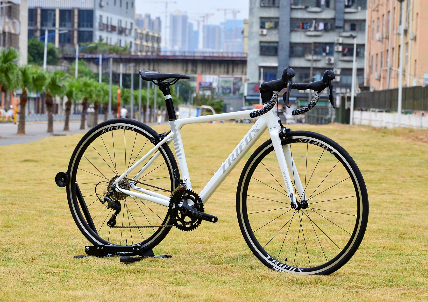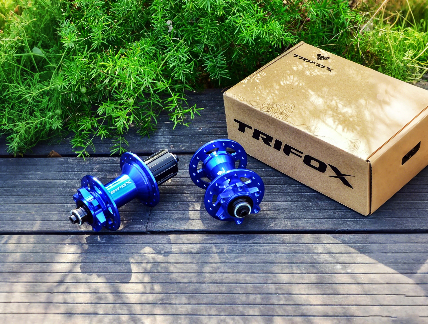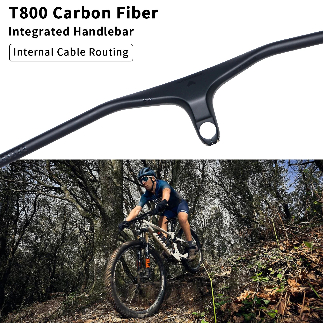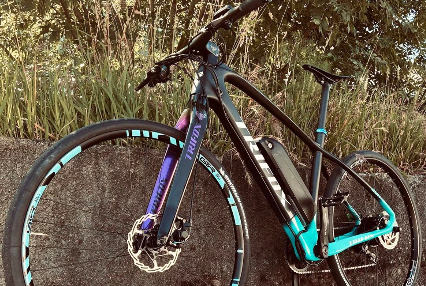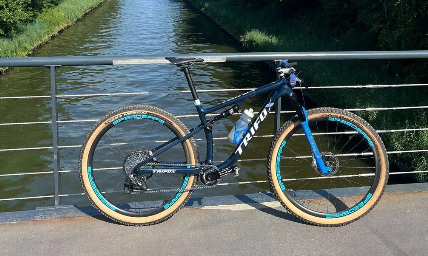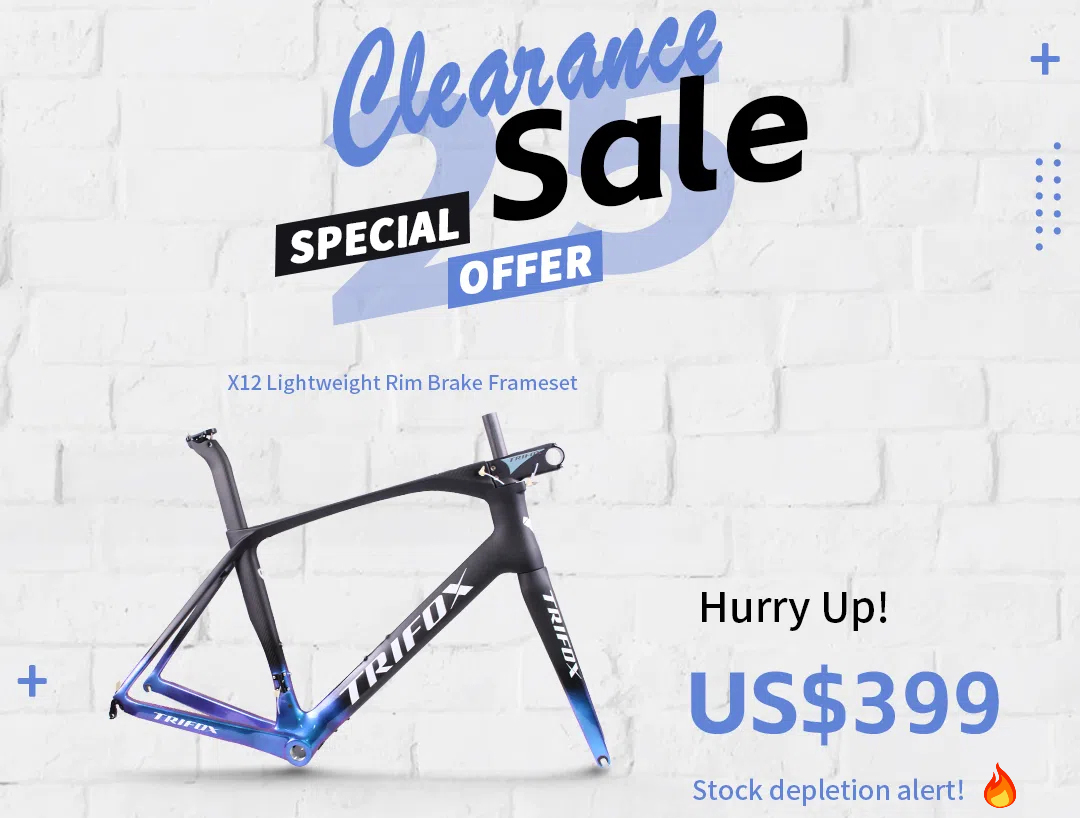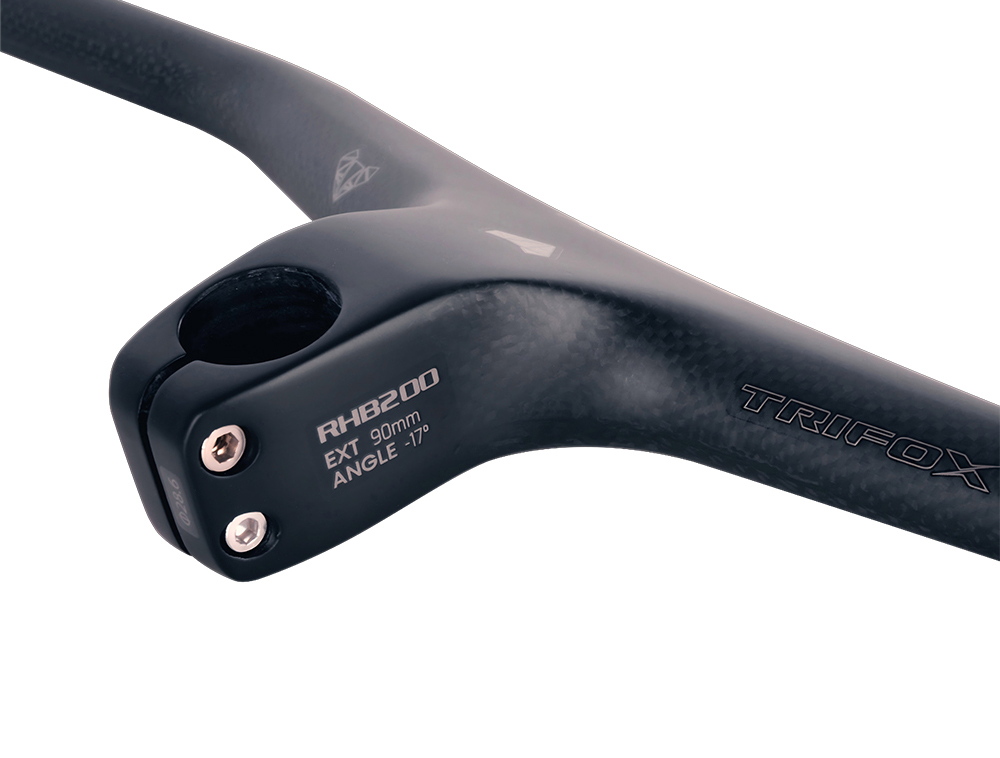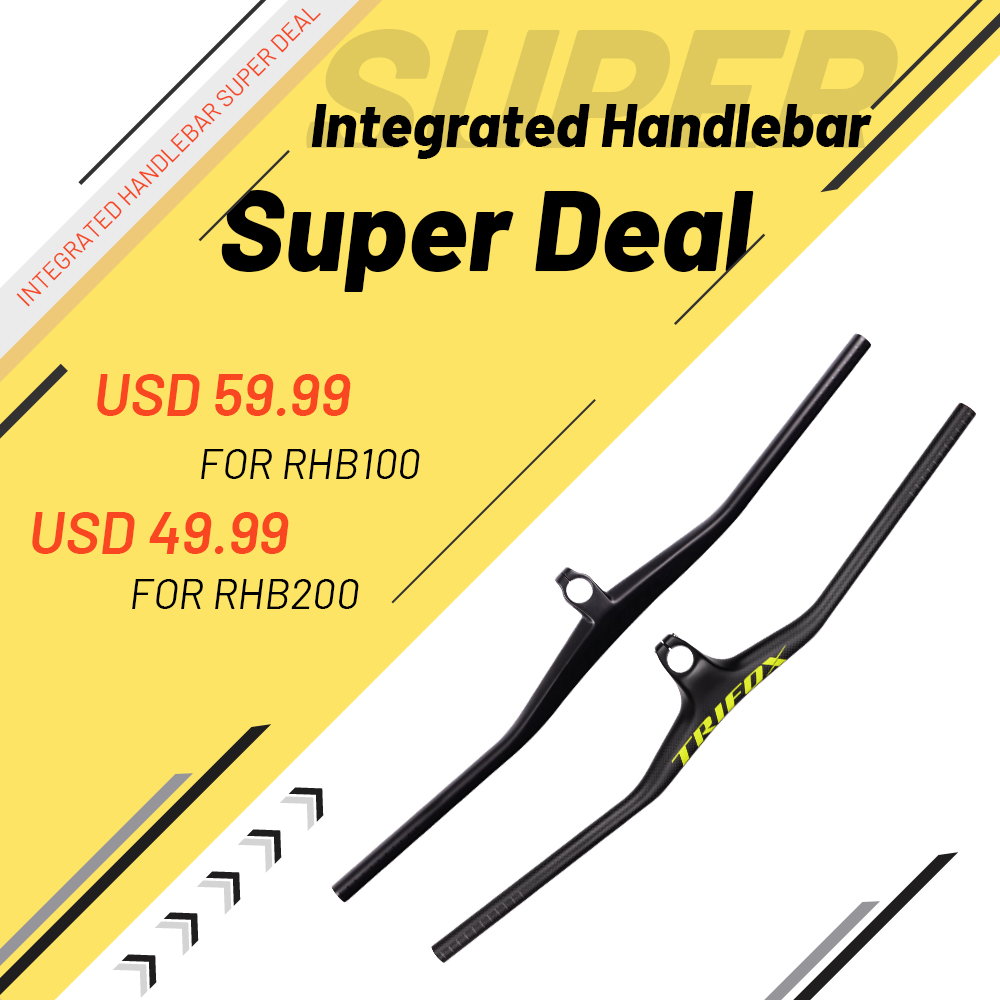That "Boost" label on wheels and frames isn't marketing fluff – it's a significant evolution in mountain bike standards solving real problems. Here's the lowdown:
The Core Idea: Wider Hub Spacing
- Old Standard (Non-Boost): Front: 100mm width. Rear: 142mm width.
- Boost Standard: Front: 110mm width. Rear: 148mm width.
Why Bother Going Wider? Key Benefits:
1. Stiffer Wheels: The wider hub flanges (the points where spokes attach) move the spokes further apart laterally. Think of it like a wider stance. This dramatically increases wheel stiffness, especially crucial for:
Hardtails: Reducing flex under pedaling and cornering.
Modern Geometry: Supporting wider tires and longer, slacker bikes that put more stress on wheels.
Preventing Brake Rub: Stiffer wheels flex less under hard braking (disc brakes), reducing the chance of pads hitting the rotor.
2. Better Tire Clearance: The wider spacing allows frame designers to create wider rear triangles and fork crowns. This provides ample room for today's popular wider tires (2.4" to 2.8"+) without compromising chainline or risking tire rub on the frame.
3. Improved Frame Design: The extra space allows designers to:
Create shorter chainstays (improving maneuverability).
Use wider, stiffer bottom brackets (like BB92/BB121).
Improve suspension kinematics (on full-suspension bikes).
4. Better Chainline: The wider rear hub shifts the cassette slightly outboard. Combined with modern 1x drivetrains, this creates a straighter chainline across all gears, improving shifting performance and efficiency.
What Do You Need for Boost?
- Boost Frame & Fork: Your bike frame must have Boost rear spacing (148x12mm thru-axle) and your fork must have Boost front spacing (110x15mm thru-axle).
- Boost Wheels: You need wheels built with hubs specifically designed for Boost spacing. (Like the Trifox WM823 Boost wheels linked above).
- Boost Crankset: While not always mandatory, most modern Boost frames pair best with cranks designed for a wider "Boost chainline" (often 52mm vs the old 49mm).
Is Boost Backwards Compatible?
Generally, no. You can't fit a Boost wheel into a non-Boost frame/fork without adapters (which often compromise stiffness). Non-Boost wheels won't fit Boost frames/forks.
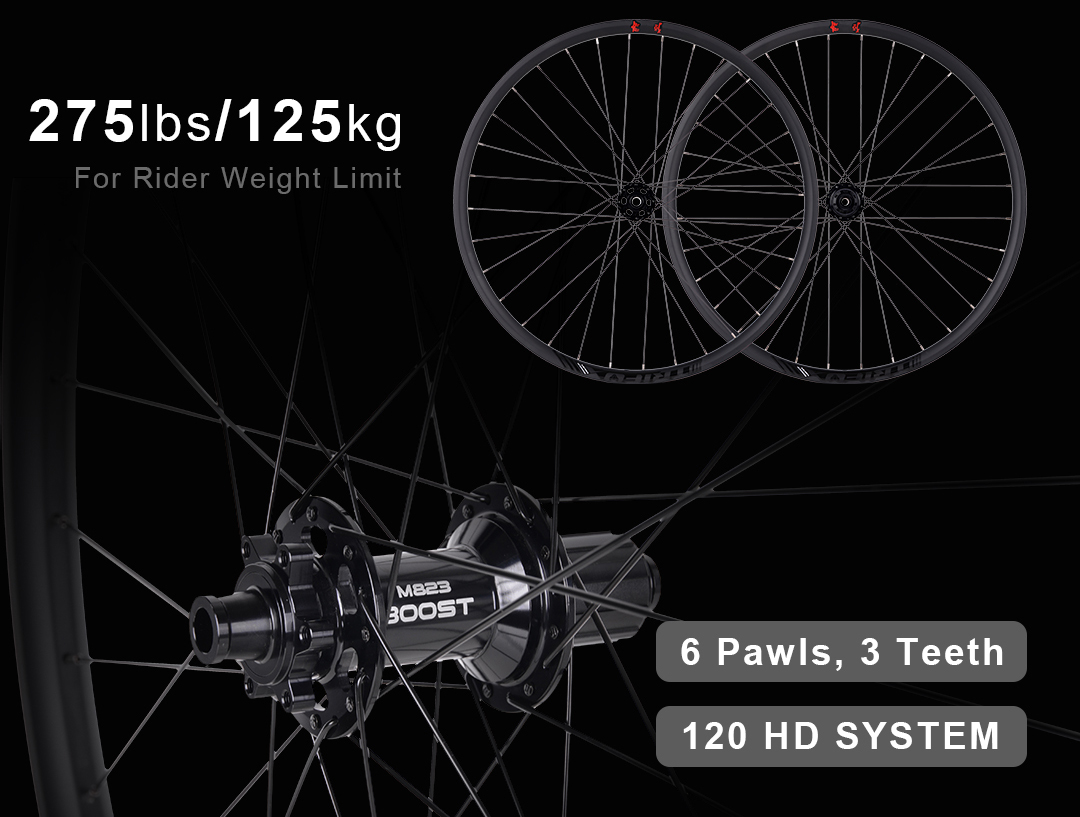
Boost isn't just "newer," it's genuinely better. It delivers tangibly stiffer, stronger wheels, enables modern frame designs and tire sizes, and improves drivetrain performance. If you're buying a new mountain bike or wheels (like the Trifox WM823 Boost), Boost is the modern standard you want. It solved real engineering limitations and is here to stay.





























































